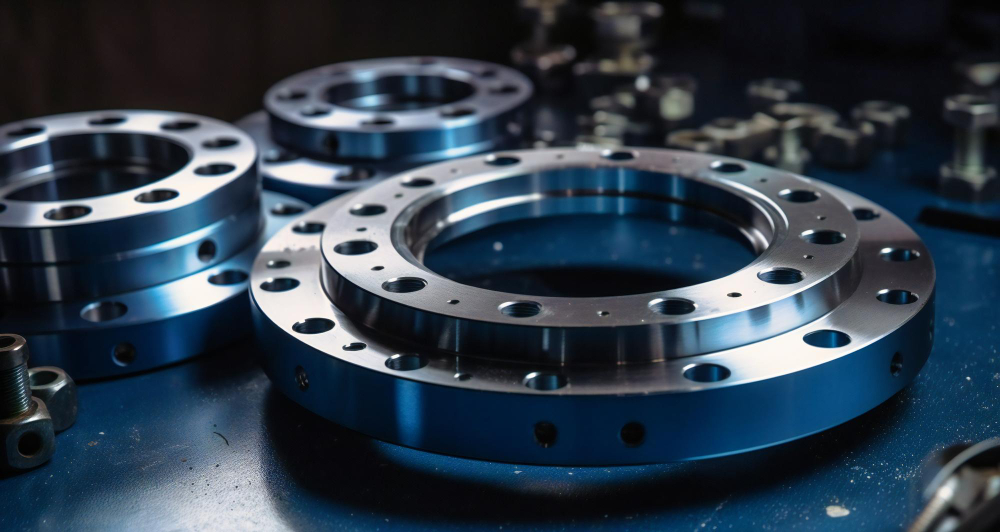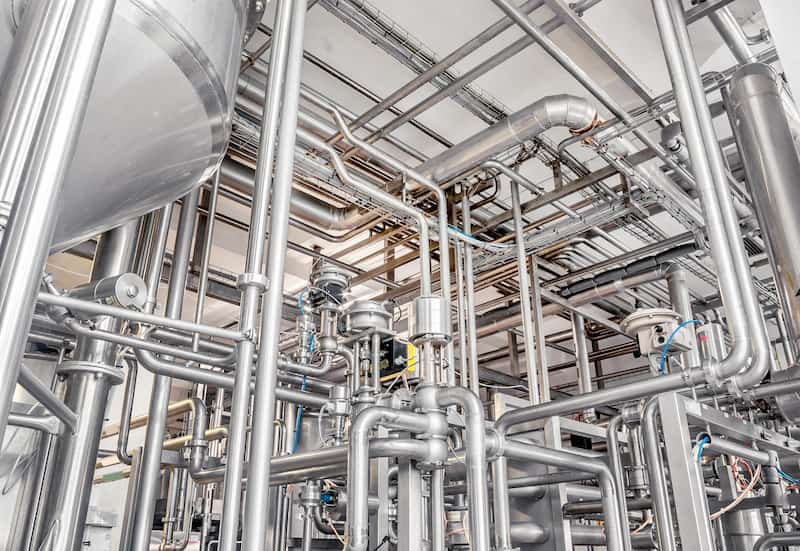
The History Chapter Of The Steel Industry In Past Few Decades
Over the last 50 years, the Global steel industry has seen a lot; by that, we mean a lot.
Changes in the production dynamics, shift in the dominant producer, techno-changes, new emergence of problems, and the list goes on and on.
So, let’s explore this list and see what has been happening in the Global steel industry in the last 50 years.
The 1970s picture:
In the 1970s, the significant producers of Steel were the US, Japan, and the western European nation, and these nations had domination in the industry. Due to the culture of heavy investments in technologies and innovation, there were a lot of technological advancements in the steel industry, resulting in better infrastructure and related developments.
With all the factors in place, Japan was the second largest producer of Steel, after the USA and Germany, and the UK too had a significant share in the steel industry.
But all this changed in the next decade due to emerging economies like China and India.
The 1980s picture:
Later in the 1980s, China, India, and Brazil, like emerging economies, started challenging the Dominance of the US and Japan. Cheap labour, available raw materials, favourable government policies, and market demand are some of the factors responsible for this.
Also, on the other side, there was an industrial consolidation due to increasing production and decreasing profitability, which resulted in the closing of numerous steel plants.
So, what happened next:
The main this which happened later was TECHNOLOGY,
New technology considerably changed the steel industry, including production, structures, and whatnot.
It led to the Automation of the production facility. With this, there is good energy management as well. Due to new technologies, an industry like the steel industry, which uses heavy energy, has reduced its usage due to many technological advancements reducing manufacturing costs.
Also, these technologies have been continuously used in the Industry to improve efficiency and productivity and reduce costs today. But the environment wasn’t so pleased with the steel industry.
A lot of damage had been done, and hence there were a lot of issues that the environmental sector raised which later on resulted in the enactment of various strict regulations on the steel industry, which caused overall a lot of problems inside the industry, as they were bound to follow them and had to mend their ways.
But still, the developing economies made significant progress and exported it to the world, which wasn’t good news in the face of the competitors resulting in trade tensions.
Also, the reason we got to see such technological advances was the result of work done by many researchers, engineers, and of course, steel producer companies as well.
So, what were the challenges the steel industry faced at this time?
There were a lot of challenges back then, and even today. Some challenges which have persisted since then as well include:
Excess production: Many countries back then produced a lot more Steel than their selling capacity resulting in excess production.
Heavy competition: Cut-throat competition was back then, and even today, can be seen among the producers to produce more, reducing costs.
Raw material availability: Raw material access played a significant role in being a key player. Regions having access to reserves had a considerable advantage against competitors.
Now some new challenges which have emerged with time are:
The environment issue: Environmental concerns are raised against the steel industry, causing them several problems hampering their production capacities.
Shifting global markets: The competition from emerging economies like China and India has changed the dynamics in the global steel sector as they are low-cost producers and significant competitors in the industry.
Digital Disruptions: The innovations and technology have forced the producers to either adopt the latest tech or leave the market, as they wouldn’t sustain themselves if they didn’t invest in heavy technologies.
But here is the major problem.
There has been emerging a lot of alternatives over time for Steel which is another threat as well.
Some materials include:
Aluminium: There are various applications today which have replaced Steel today, such as transportation and construction, as Aluminium has corrosion resistance and is a lightweight material compared to Steel.
Composites: Aerospace, sports equipment, and automotive sectors have carbon fibre and fibreglass as materials in application in Steel which offer better strength and are lightweight as well than Steel.
Plastic: Plastic has replaced Steel as a material used in applications like packaging, electronics, and some automotive parts.
Wood and bamboo: They are better options in construction in some places due to good sustainability, low cost, and easy usage.
What is the current scenario, then?
Well, to answer in two words. It isn’t elementary.
If you see there are a lot of opportunities and challenges co-existing in the industry today:
On the challenges side, there is still overcapacity, low prices, and rising trade tensions. China’s dumping has resulted in oversupply, which has caused the price to fall, reducing the profit margins. Also, there have been increased tariffs by various producers and importers causing barriers in the trade that are impacting the global steel market.
In case of opportunities,
Technology is in the driver’s seat, steering the production of new and unique steel products in high demand in various sectors. Customer preferences are also changing, but whilst the increase in demand, environmental sustainability also has been in the picture during further development.
Regarding the current major player in the market, China accounts for 53% of the production, whereas South Korea, Vietnam, the Philippines, Thailand, and even the European Union are its consumers.
The steel quality of China has been a topic that has got mixed opinions, but recently China has raised the standards in case of maintaining these standards.
On the other side, India, too, has been a significant player in steel exports, thanks to the Tatas in India. Also, Japan and US have been prominent in the industry and haven’t left far too behind in production.
As mentioned earlier, the steel industry has gone through a lot if the past few decades, and now to conclude, technology and innovation have taken the driving seat and will be guiding the future of the industry.
Related Articles
Brass Vs. Aluminium Camlocks: Choosing The Right Material For Your Application
Read MoreExploring the expansion of steel production in GCC and other emerging nations
Read MoreHow Structural Steel Helped The Majestic Architectures Around The World - Part 3
Read MoreHow Structural Steel Helped The Majestic Architectures Around The World - Part 2
Read MoreHow Structural Steel Helped The Majestic Architectures Around The World - Part 1
Read MoreAllowable & Galvanized Iron Pipe Fittings – Trusted Name For All The Pipe Fitting Needs
Read More


































































































































































